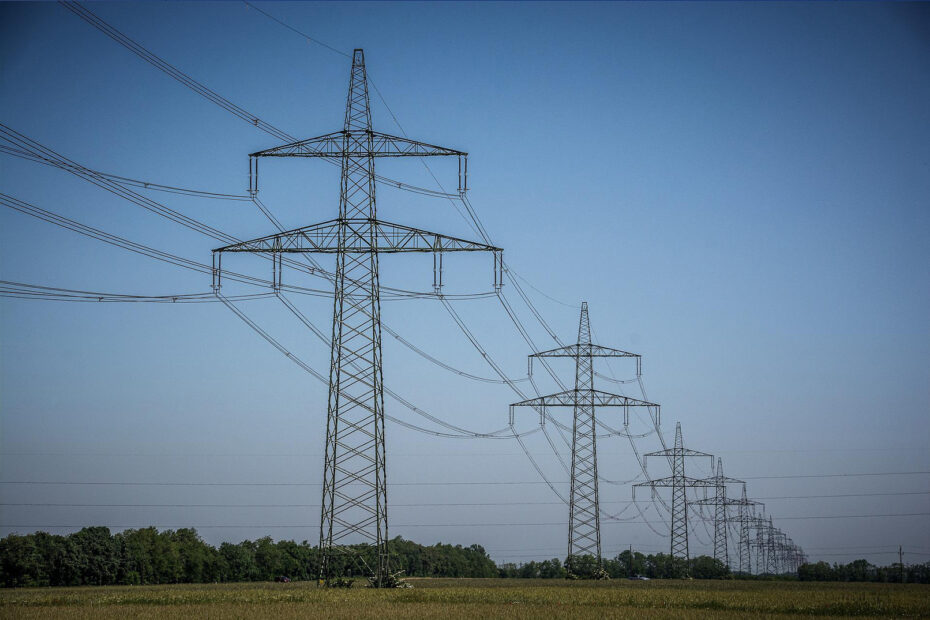On 12 October, Regen published its response to BEIS’ Review of Electricity Market Arrangements (REMA) consultation, noting that market reform needs to be considered in conjunction with other key areas of reform. This includes measures such as the development of a clear Net Zero and Energy Security Delivery plan and bringing forward the investment that is needed in enabling infrastructure.
When noting the alignment of REMA with an overarching net zero strategy, Regen stated that such a plan would need to include an analysis of generation and demand growth, network infrastructure, flexibility, system balancing, capacity adequacy, curtailment and constraints, and projected energy and system cost. In addition, the plan should include a whole system architecture which indicates the system capabilities that are required and the capacity of key technology types that should be expected within each region of Britain.
Regen added that the integration and interaction between carbon markets (emissions trading scheme, carbon tracking and the use of REGOs) should be considered as it will strongly impact and underpin the transition to a net zero system.
Discussing a net zero wholesale market, Regen highlighted the importance of maintaining a wholesale energy market that supports a “varied and dynamic” trading system that includes bilateral trading, PPA markets, organised power exchanges, forward contracts and short-term markets. Regen does not believe that Locational Marginal Pricing, either in nodal or zonal forms, should be pursued as it will not provide effective locational signals and would significantly increase investment risk.
Regen’s recommendations for Balancing Mechanism reform include the removal of a large fraction of transmission constraint management from ‘the last hour’ by adjusting timescales and introducing new mechanisms, enabling and incentivising the ESO to take actions outside of the one-hour gate closure period, and focusing on cost reduction in the ‘turn up’ element of constraint costs by introducing mechanisms to encourage the use of available flexible assets other than CCGT’s.
With regards to the take up of low-carbon generation, Regen responded that the CfD scheme should be expanded in its ambition to increase the amount of capacity procured in each allocation round. A mechanism should be developed to provide a geographic locational signal to encourage greater diversity of supply within the scheme, while the scheme should not incentivise dispatchable low-carbon assets to become baseload generators as this would crowd out lower cost, intermittent renewable generation. Instead, investment in dispatchable low-carbon generation should be supported via other schemes.
On the flexibility side Regen said that action needs to be taken to speed up the network connection process for storage assets, along with overall network investment. Regen noted its support for flex enhancement options in the Capacity Market, whilst warning that care must be taken in the design of such changes. In addition, more long-term clarity is needed on the role of energy suppliers in the future energy system and that lessons learnt from the Demand Flexibility Service ahead of the design and implementation of any future supplier flexibility obligation.
This is an excerpt taken from our Industry Essentials (GB) service. If you are interested in learning more about the Industry Essentials (GB) service, please click here.

If you would like to access all your services in our customer portal, CATALYST, please click here.
